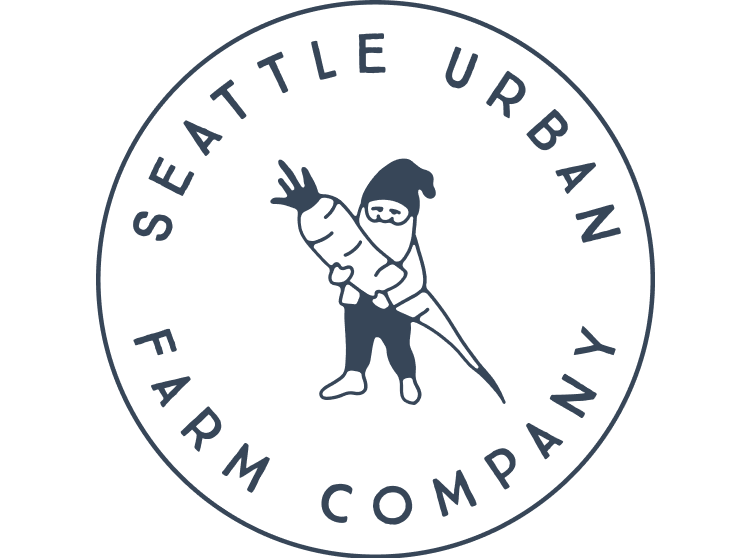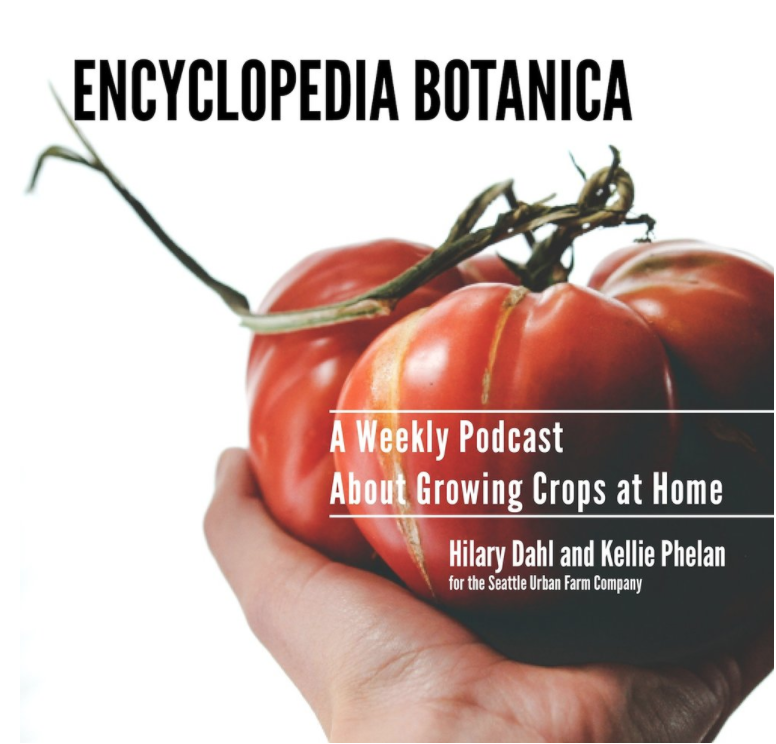Welcome to our 4-part series on organic fertilizer! Over the course of this series we will break down the 4 ingredients in our custom organic fertilizer blend: blood meal, bone meal, greensand, and kelp meal. Each post will highlight one of the 4 ingredients how it benefits your vegetable garden.
There are a few key steps to growing great vegetables, and fertilizer is just one of them, but it is an important one and is often overlooked. Fertilizer is particularly important when growing vegetables in urban or suburban settings, where the soil may not be as rich as soils in a flood plain or other undeveloped area with naturally deep topsoil.
All fertilizers are rated by their NPK ratio. This number is typically shown prominently on the label and often looks like this: 4-5-6. The numbers indicate the percentage of Nitrogen-Phosphorous-Potassium in the fertilizer. In addition to these “macronutrients”, your plants need a range of other “micronutrients” which should be present in an organic fertilizer, but these micronutrients are not always clearly indicated on the fertilizer label.
Lets begin our exploration of fertilizer ingredients with that first nutrient, N
Part One: Blood Meal
We use Blood Meal as a fertilizer in two different applications: as a part of our primary all-purpose fertilizer mix and as a stand-alone nitrogen supplement. For most garden situations, the all-purpose mix is adequate, but we use the Blood Meal as an additional feed for Brassica crops (broccoli, cauliflower, kale, Brussels sprouts, cabbage), as a spring feeding for alliums (garlic and onions) and in soils that are seriously depleted of nitrogen.
Nitrogen is the plant macronutrient most likely to be depleted in your garden soil. Nitrogen comes from many sources, including the air, animal manure, compost and decaying plant residue. However, to be absorbed by your vegetable plants, Nitrogen must be converted into either ammonium (NH4+-N) or nitrate (NO3--N). The chemical form of Nitrogen is always shifting in your soil in a complex process known as the Nitrogen Cycle (read this article for more on the chemistry of soil Nitrogen), the important thing to know as an organic vegetable gardener is that Nitrogen in your soil is often lost due to leaching, denitrification and other natural processes. Therefore, to keep Nitrogen levels adequate in the garden, it is essential to add supplemental forms each season.
Nitrogen is the nutrient that is most responsible for the vegetative growth of a plant. This means that nitrogen is especially important for plants early in their development, as they develop the vegetative structure that will supply your harvest later on in the season.
Generally speaking, the larger and healthier your plant is, the more harvest it can produce. When planting fruiting crops such as tomatoes and peppers, it is essential to encourage lots of bushy growth on the plant before it starts to produce fruit. We’ve all seen the sad-looking bell pepper plant that is about 6 inches tall, has 4 leaves and puts on exactly one tiny pepper. This growth habit is an indication that the plant did not receive adequate nitrogen and has simply made due with the nutrients available. You can certainly commend the tenacity of this pepper, but as a gardener interested in voluminous harvests, it’d be better to encourage large, healthy plants that are able to produce many, many pepper fruits.
Blood meal is a pure source of nitrogen (13-0-0). It is a dry powder derived from cow’s blood which has been steamed or boiled to kill pathogens and remove impurities. It will supply crops with an immediate boost and continue to release useable N over the course of several weeks or months (depending on weather and soil conditions). We recommend using it as part of a balanced fertilizer blend and as a single ingredient application when appropriate. Rough guidelines are as follows:
Apply ¼ Cup of blood meal to brassica plants at planting time
Apply 1 Cup of blood meal per 5’ row of alliums in spring.
Use a balanced fertilizer including blood meal when planting new vegetable crops each season. Application rates for fertilizers vary, follow the recommendations on the product label.
Mixing Fertilizer In a Hole Before Planting
Nutrient Deficient Kale










